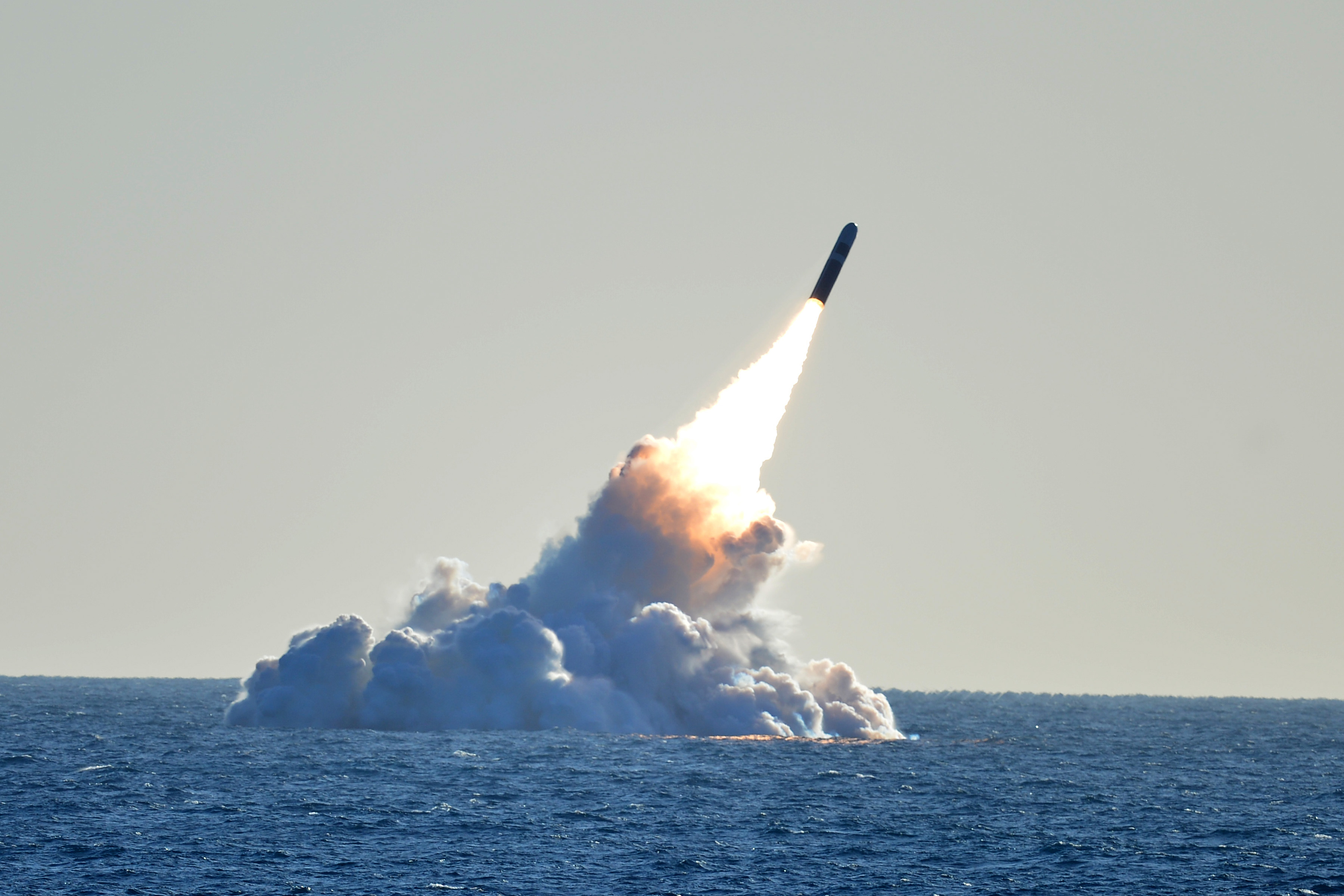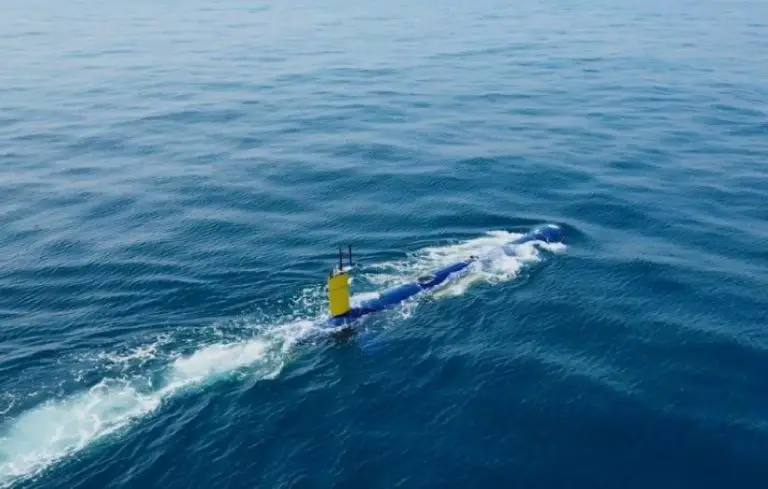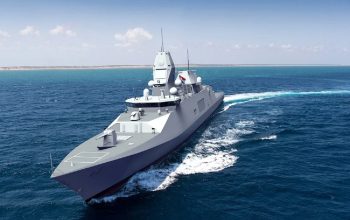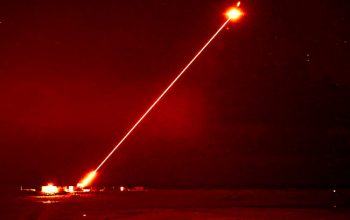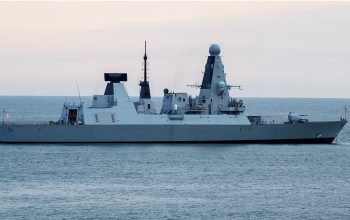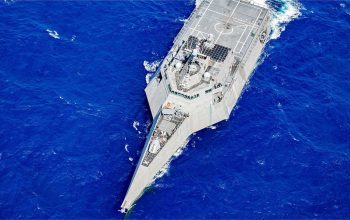Lockheed Martin Space, Titusville, Florida, is awarded a $601,332,075 fixed-price-incentive, cost-plus-incentive-fee and cost-plus-fixed-fee modification to exercise options under a previously awarded and announced contract for the submarine-launched ballistic missile Trident II D5 production and deployed systems support. Work is expected to be complete by September 2024. Fiscal 2020 weapons procurement (U.S Navy) funds in the amount of $499,278,762; United Kingdom funds in the amount of $93,325,301; and incremental fiscal 2020 research, development, test and evaluation funds in the amount of $500,000 are obligated on this award, none of which will expire at the end of the current fiscal year. This contract was awarded on a sole-source basis under 10 U.S. Code 2304(c)(1) and was previously synopsized on the Federal Business Opportunities website. Strategic Systems Programs, Washington, District of Columbia, is the contracting activity.
The UGM-133A Trident II, or Trident D5 is a submarine-launched ballistic missile (SLBM), built by Lockheed Martin Space Systems in Sunnyvale, California, and deployed with the American and British navies. It was first deployed in March 1990, and remains in service. The Trident II Strategic Weapons System is an improved SLBM with greater accuracy, payload, and range than the earlier Trident C-4. It is a key element of the U.S. strategic nuclear triad and strengthens U.S. strategic deterrence. It enhances the U.S. position in strategic arms negotiation with performance and payload flexibility that can accommodate active treaty initiatives. The Trident II’s increased payload allows nuclear deterrence to be accomplished with fewer submarines, and its high accuracy – approaching that of land-based missiles – enables it to be used as a first strike weapon.
The Trident II D5 SLBM is a three-stage, solid-fuel, inertially-guided missile with a range of 4,000 nautical miles capable of carrying multiple W76-Mk4/Mk4A or W88-Mk5 reentry bodies. The missile is launched by the pressure of expanding gas within the launch tube. When the missile broaches the waterline, it enters the boost phase, expending its first, second, and third-stage rocket motors. Following third-stage motor separation, the missile deploys the reentry bodies. Life-extended Trident II D5 missiles (D5LE) were introduced to the Fleet in early 2017. These D5LE missiles will serve throughout the remaining service life of the U.S. Ohio-class and UK Vanguard-class submarines and they will be initially carried aboard the U.S. Columbia-class and UK Dreadnought-class submarines.
